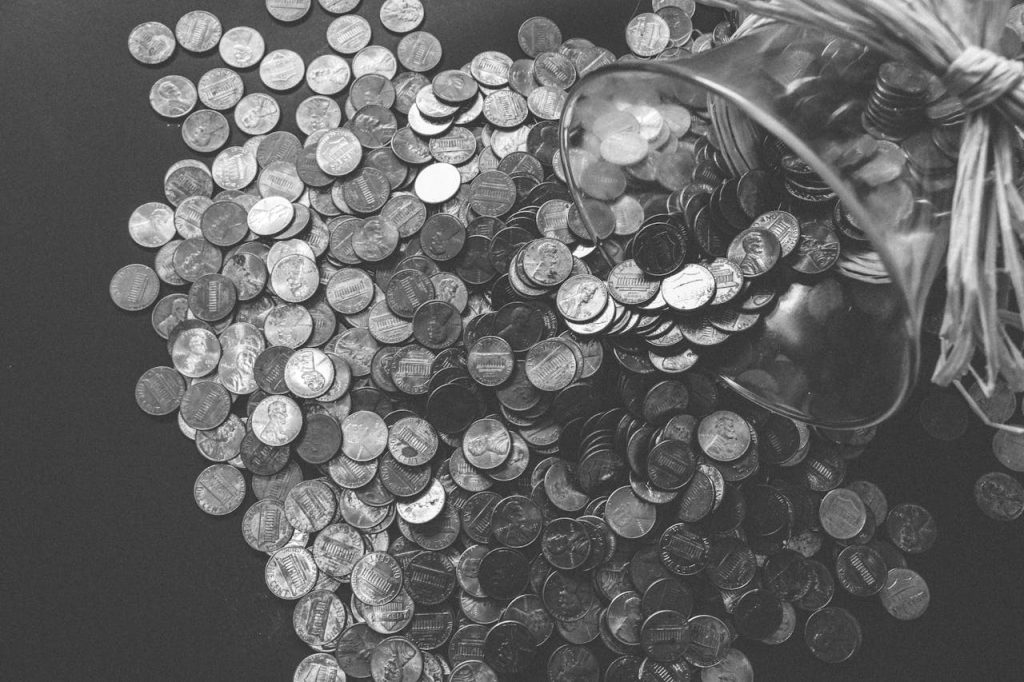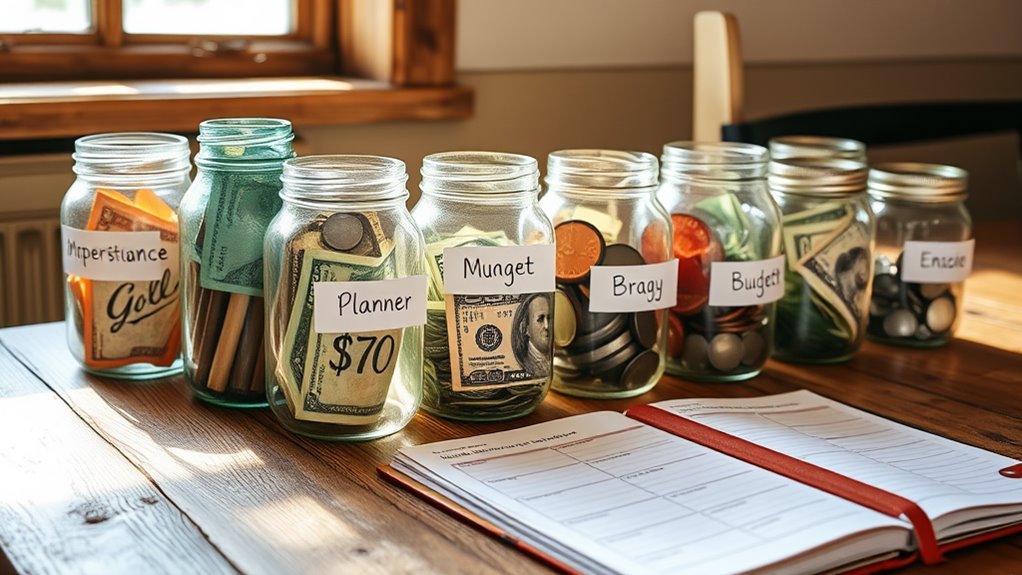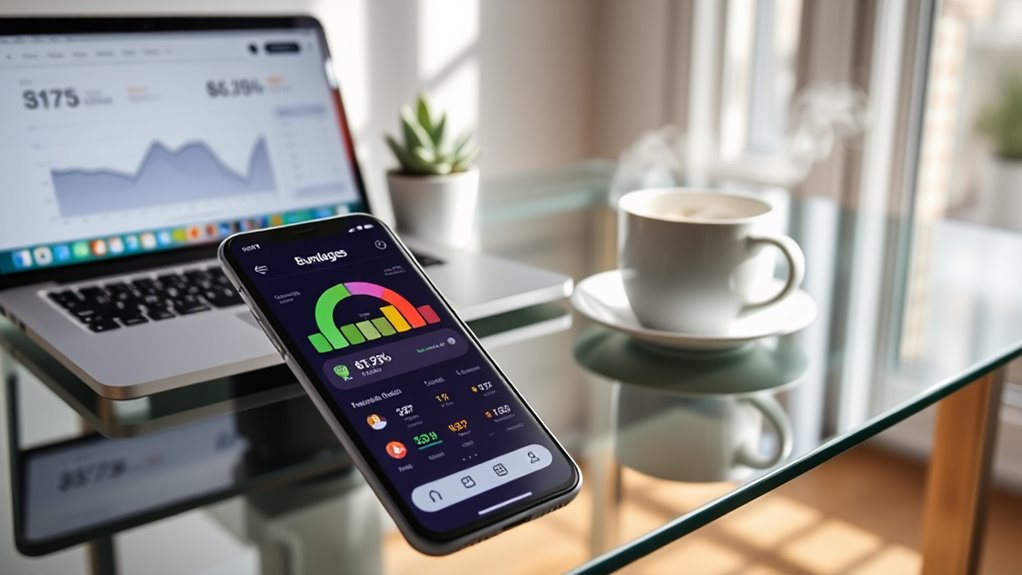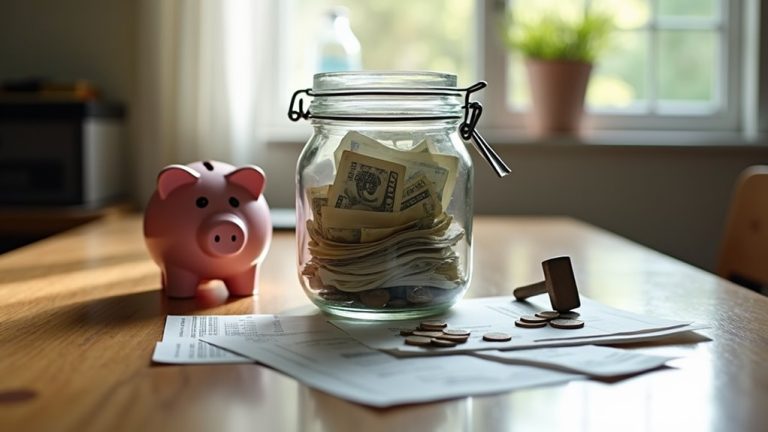Let’s be honest, just hearing the word “budget” is enough to make most of us groan. Maybe you’ve tried budgeting before and felt overwhelmed, restricted, or just plain bored. You’re not alone!
What if creating a budget didn’t have to feel like a punishment? What if you could build a simple, realistic plan that actually fits your life-and stick to it, even if you’ve never liked budgeting? In this post, we’ll break down how to create a budget you’ll actually want to use, with practical tips to help you finally take control of your money.
Key Points
- Start by tracking expenses for 3-6 months using bank statements to understand your real spending patterns without judgment.
- Create designated “fun money” categories to ensure guilt-free spending while maintaining financial control.
- Use modern budgeting apps that automatically categorize expenses and sync with bank accounts for effortless tracking.
- Break down expenses into clear categories like housing, food, and entertainment to make budgeting more manageable.
- Set regular check-ins with yourself or an accountability partner to review and adjust your budget as life changes.
Why “Budgeting” Isn’t a Four-Letter Word (And Can Actually Be Your Friend)

When most people hear the word “budgeting,” they react like vampires to garlic, running for the hills while imagining endless spreadsheets and a life devoid of fun.
But, budgeting isn’t about restriction – it’s actually a powerful way to achieve financial freedom. So, view it as your money’s best friend that fights off impulse purchases and defeats the dreaded paycheck-to-paycheck villain.
Step 1: The Detective Work – Finding Out Where Your Money Actually Goes
Before you can wrangle your finances into submission, you’ve got to play detective and figure out where your money’s really been sneaking off to.
Start by pulling your last 3-6 months of bank and credit card statements. Highlight those sneaky recurring charges, flag any surprise fees (looking at you, random ATM charges!), and identify your high-spend categories. To get organized, try grouping your expenses into distinct categories like housing, food, transportation, and entertainment.
Think of it like solving a case – except the perpetrator is probably those daily coffee runs or impulse Amazon purchases.
Whether you prefer old-school receipt collecting, spreadsheet wizardry, or fancy budgeting apps, pick a tracking method that you’ll actually stick with.
Step 2: Building Your Money Roadmap – Setting Up Categories

Now that you’ve tracked down where your money’s been hiding, it’s time to give every dollar a job.
Think of your budget categories as different neighborhoods where your money lives. You’ve got the responsible adults – your fixed expenses like housing and insurance (they never miss a payment!).
Then there’s the spontaneous cousin – variable expenses that change monthly, like groceries and utilities. Don’t forget the wise elder – savings and investments, planning for your future self. And yes, there’s even room for the fun-loving friend – your discretionary spending.
Step 3: The “Realistic” Part – Making it Work for Your Life
While creating a budget might feel like trying to solve a Rubik’s cube blindfolded, the key is making it realistic enough that you’ll actually stick with it.
Here’s how to keep it real:
- Track your actual spending for two weeks (yes, even that $4 coffee you’re sipping right now) to understand your true habits, not your imaginary “perfect self” spending.
- Build in wiggle room for life’s curveballs by setting aside 5-10% of your income for unexpected expenses. Consider using the envelope system to help control spending in different categories.
- Use the 50/20/30 rule as a starting point, but adjust those percentages based on your unique situation – maybe it’s more like 60/20/20 in your expensive city.
Okay, Budget Built. Now How Do You Actually Follow It?

Creating a budget is like downloading a fancy new fitness app – having it doesn’t automatically make you healthier. The real work begins with consistent implementation and smart habits that stick.
First, automate everything you can. Set up those recurring bill payments and automatic transfers to savings.
Then, make tracking a daily habit using apps or software that’ll alert you when you’re approaching spending limits. Make sure to plan ahead for any upcoming special occasions to avoid being caught off guard and derailing your budgeting progress.
Also, partner up with someone who’ll keep you accountable – whether it’s your spouse, a friend, or a budgeting buddy. Regular check-ins help you stay focused, and having someone to celebrate your wins makes the journey less lonely.
Strategies for Staying on Track (Without Feeling Like a Budget Jail)
Three powerful strategies can help you stick to your budget without feeling like you’re serving a financial prison sentence.
1. Automate the boring stuff: Set up automatic transfers for bills and savings.
2. Build in flexibility: Create a “fun money” category that’s yours to spend guilt-free.
Even financial advisors know that a too-rigid budget is like a crash diet – you’ll probably break it by day three.
3. Use values-based budgeting: Align your spending with what matters most to you, whether that’s travel, education, or collecting vintage Star Wars figurines (no judgment here).
Permission to Spend: Budgeting for Fun (Yes, Really!)

You’re actually allowed to have fun with your money.
Think of it as giving yourself official permission to enjoy life while still being financially responsible.
Let’s get real – a budget that’s all save, no play is like a Netflix subscription you never use. The key is finding that sweet spot using methods like the 50-20-30 rule, where 30% of your income goes to “want” purchases.
After covering your essentials and savings goals, that leftover money isn’t just spare change – it’s for guilt-free enjoyment.
Whether it’s concert tickets, a new hobby, or that fancy coffee you love, planned fun spending isn’t just okay – it’s essential for maintaining a sustainable, balanced financial life.
Life Isn’t Static: When (And How) to Adjust Your Budget
Just as your favorite streaming service updates its content regularly, your budget needs frequent refreshes to stay relevant and useful.
Think of your budget as a living document that grows and changes with you – not a set-it-and-forget-it financial straitjacket.
Here’s when you should hit that refresh button on your budget:
- Life changes dramatically (hello, new job or surprise medical bill.)
- Your spending consistently differs from your plan by 10% or more for three months
- You’ve crushed a major financial goal (goodbye, student loans!) and need to redirect those funds
Tracking your actual spending against your budget using apps or spreadsheets will make it easier to tell when it’s time for an adjustment.
Budgeting Doesn’t Need to be Manual: Tools and Tech That Help

While scribbling numbers in a notebook might feel satisfyingly old-school, today’s budgeting tools can turn your financial life from “messy shoebox of receipts” into “personal CFO in your pocket.”
Modern apps and software don’t just track your spending, they flag unusual purchases, and alert you when that pesky streaming service quietly raised its price (again!).
Some apps like Honeydue for couples even allow partners to chat about finances directly within the platform.
You’ll find options ranging from free basic trackers to enterprise-grade platforms with AI forecasting.
Want to channel your inner Dave Ramsey? Zero-based budgeting tools help allocate every dollar with purpose.
Plus, most platforms work seamlessly across devices, so you can check your budget anywhere – even during those midnight “Should I buy this?” moments.
Conclusion
Let’s face it – you’d rather watch paint dry than track your spending. But just like eating vegetables and getting enough sleep, budgeting’s one of those adulting skills that actually makes life better.
You’ve got the tools, you’ve got the knowledge, and now you’ve got permission to be imperfect at it. So go forth and budget, even if you still roll your eyes at spreadsheets – your life depends on it.
Frequently Asked Questions
How Long Should I Keep My Budget Records and Receipts?
You’ll want to keep your budget records and receipts for at least three years, but extend this to five years if you’re dealing with federal awards or school district finances.
What Percentage of Income Should Go Toward Paying off Credit Card Debt?
Allocate 5-10% of your gross income for credit card payments, but don’t exceed 20% of your net income for all debt payments combined. Aim lower whenever possible.
Should Couples Maintain Separate or Joint Budgets After Marriage?
You’ll find success with a hybrid approach: maintain a joint account for shared expenses while keeping separate accounts for personal spending. This balances partnership needs with individual financial autonomy.
How Do Irregular Freelance Income Earners Create a Consistent Budget?
Like taming wild waves, stabilize your freelance income by setting baseline budgets on lowest earnings, automating tax savings, building emergency reserves, and diversifying income streams through retainer agreements.
What’s the Best Way to Handle Unexpected Windfalls in a Budget?
Prioritize paying off high-interest debt, save 50% for emergencies and retirement, invest 30% for long-term growth, and allow yourself 20% for immediate needs or modest celebrations.



